Welcome, fellow Mercedes-Benz enthusiasts! Today, we’re diving into a legend – the Mercedes-Benz S 600 Pullman. This isn’t just a car; it’s a statement, a sanctuary on wheels, and a masterpiece of engineering. For those who appreciate unmatched opulence and exclusivity, the Pullman is often at the top of the wish list. But owning such a distinguished vehicle comes with its own set of considerations.
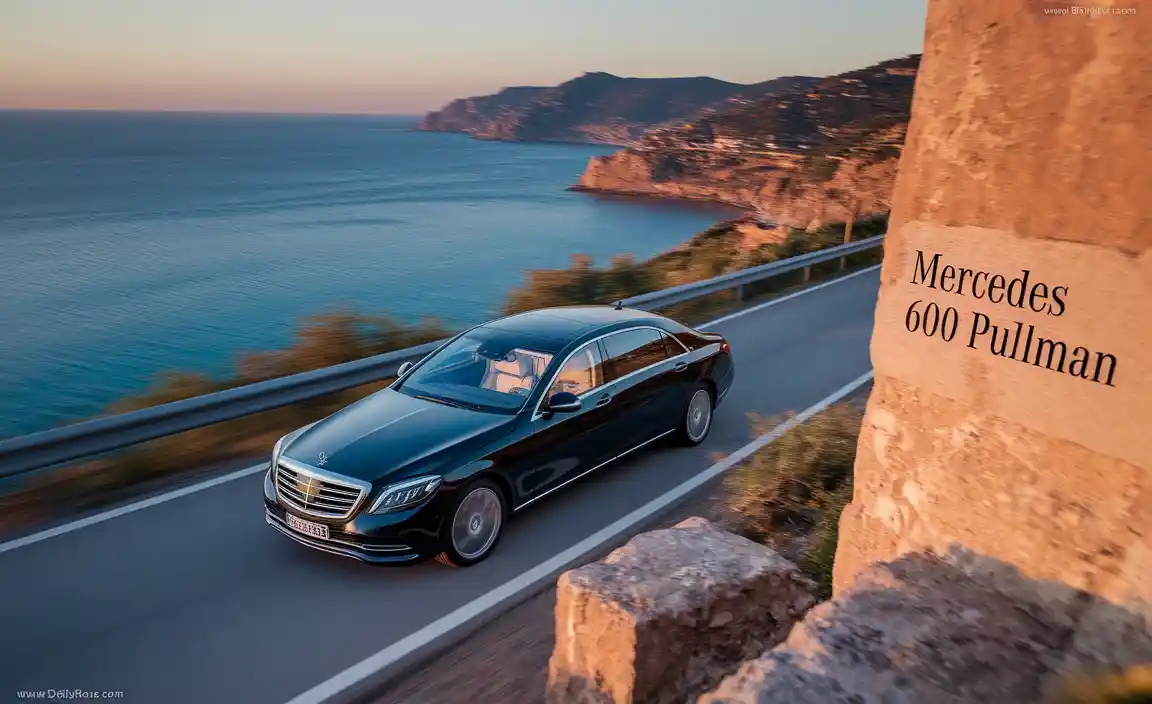
It can feel a bit overwhelming knowing where to start when exploring a vehicle of this caliber. That’s why I’ve put together this guide. We’ll break down everything you need to know, from understanding its unique features to what to look for when purchasing, and how to keep it running like the dream it is. Get ready to explore the world of the S 600 Pullman!
What is the Mercedes-Benz S 600 Pullman?
The Mercedes-Benz S 600 Pullman is more than just a long-wheelbase S-Class; it’s an ultra-luxury, chauffeur-driven limousine designed for those who demand the utmost in comfort, security, and prestige. Historically, the “Pullman” designation has signified the longest, most opulent version of Mercedes-Benz’s flagship sedan, harkening back to the days of the original Mercedes-Benz 600. The modern S 600 Pullman takes this legacy and infuses it with cutting-edge technology and handcrafted luxury, creating a vehicle that is both a powerful presence on the road and an exclusive mobile office or lounge.
These vehicles are typically characterized by their extended length, providing significantly more rear-seat legroom, often with a partition separating the driver from the passenger compartment. They are built for individuals, heads of state, and VIPs who require a secure, comfortable, and impressive mode of transportation. When you see an S 600 Pullman, you immediately recognize it as something special, sitting at the zenith of automotive desirability.
Key Features of the Mercedes-Benz S 600 Pullman
The S 600 Pullman is defined by its extraordinary features, all designed to provide an unparalleled experience for both passengers and driver. These aren’t your typical car amenities; they are carefully curated elements that elevate the S 600 Pullman into a class of its own.
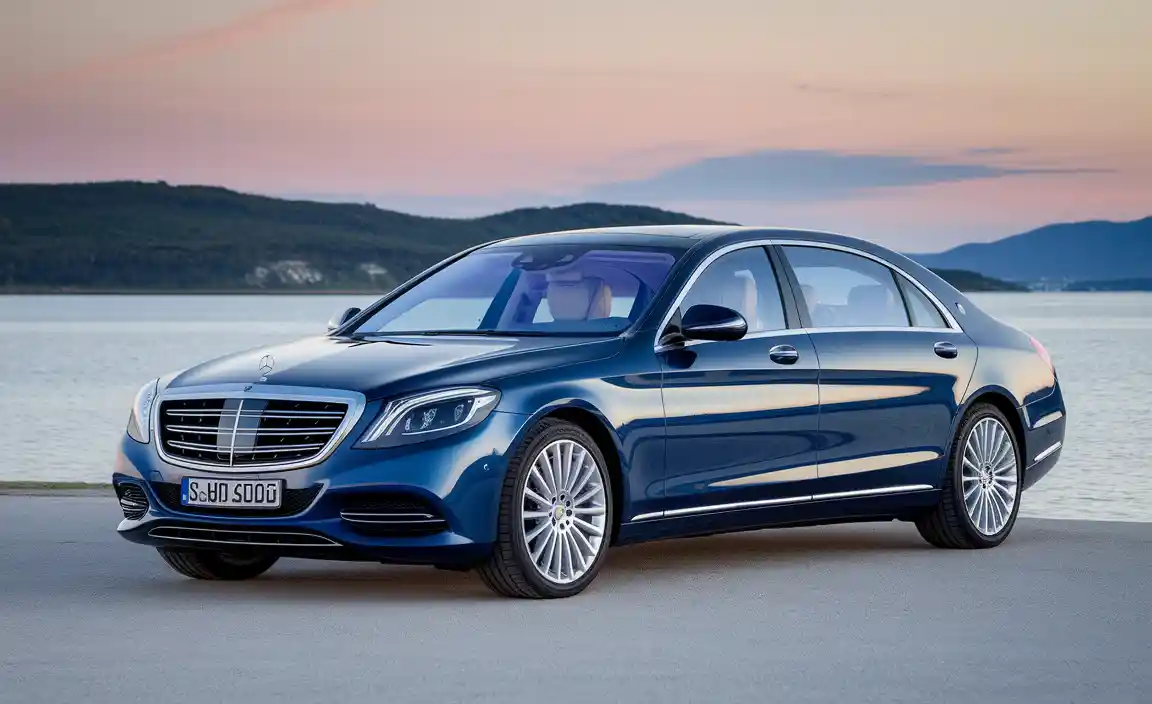
Unrivaled Rear Compartment Comfort
The extended wheelbase is the most obvious differentiator, but it’s what Mercedes-Benz does with that extra space that truly matters. Passengers in the rear are treated to:
- Executive Rear Seats: These are often fully reclining and feature massage functions, heating, and ventilation, rivaling the finest first-class airline seats.
- Increased Legroom: The generous extension of the body provides ample space for passengers to stretch out, making even the longest journeys relaxing.
- Optional Partition: A powered partition, often with an integrated glass section, can be raised or lowered for privacy, creating a true chauffeur-driven experience.
- Climate Control: Multi-zone climate control systems ensure that rear passengers can set their preferred temperature independently.
- Infotainment Systems: For entertainment or work, advanced infotainment systems with high-resolution screens are the norm, often integrated seamlessly into the cabin.
Powertrain and Performance
Under the hood, the S 600 Pullman commands respect. While exact specifications can vary by model year and specific variant, it’s typically powered by:
- Powerful V12 Engine: The heart of the S 600 Pullman is almost always a potent V12 bi-turbo engine. This delivers effortless acceleration and smooth, refined power delivery, essential for a limousine of this stature.
- Smooth Transmission: Paired with a sophisticated automatic transmission, the power is managed for maximum comfort and seamless gear changes.
- Advanced Suspension: Mercedes-Benz’s AIRMATIC or COMAND suspension systems are standard, adapting to road conditions to provide a ride quality that is exceptionally smooth and composed, soaking up imperfections.
Safety and Security
Given its clientele, security is paramount. The S 600 Pullman often includes:
- Reinforced Body Structure: Built with high-strength materials to offer superior protection.
- Advanced Airbag Systems: Comprehensive airbag coverage for all occupants.
- Optional Ballistic Protection: Certain models can be equipped with specialized armouring for enhanced security.
- Driver Assistance Systems: A suite of modern driver aids helps to prevent accidents and enhance awareness.
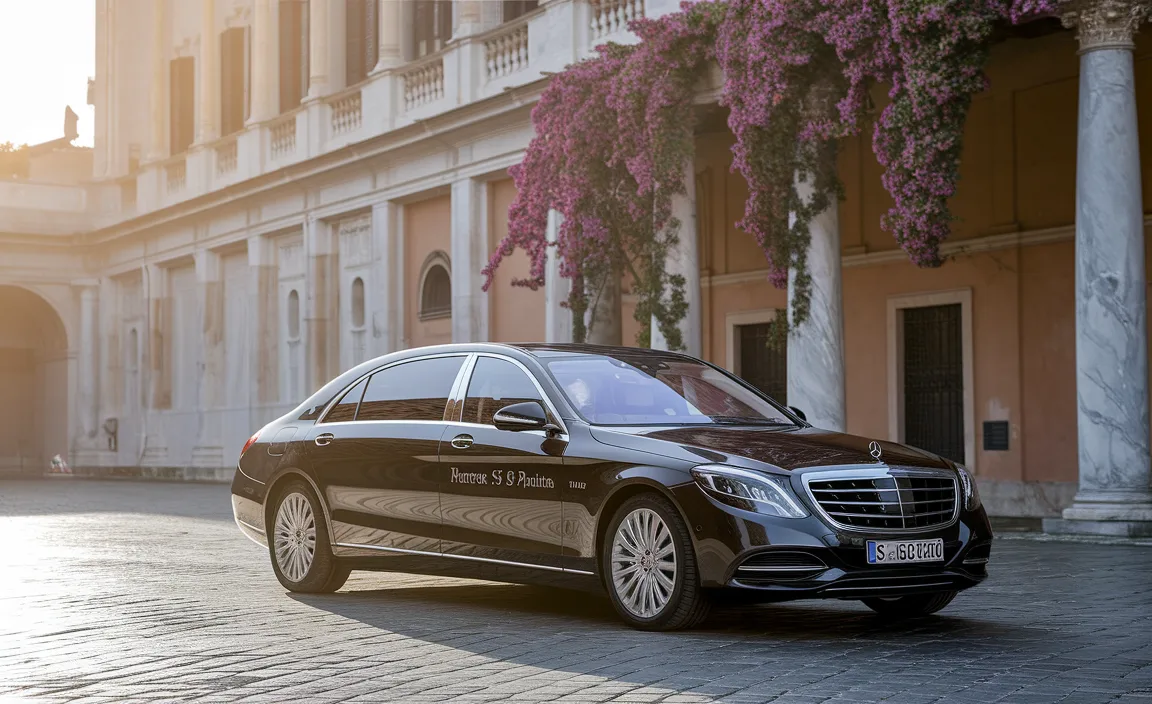
Exquisite Interior Appointments
The cabin of the S 600 Pullman is a testament to Mercedes-Benz’s dedication to luxury and craftsmanship. Expect to find:
- Premium Leather: Hand-stitched, high-quality leather upholstery is a given.
- Fine Wood or Carbon Fiber Trim: Real wood veneers or elegant carbon fiber accents are used extensively throughout the interior.
- Ambient Lighting: Customizable ambient lighting creates a sophisticated atmosphere.
- High-End Audio: Bespoke audio systems from renowned manufacturers ensure an immersive sound experience.
Choosing Your Mercedes-Benz S 600 Pullman: A Buyer’s Checklist
Purchasing an S 600 Pullman is a significant decision, and approaching it with a well-defined checklist will help ensure you find the perfect example. Whether you’re looking at a brand-new model (if available) or a pre-owned gem, these points are crucial.
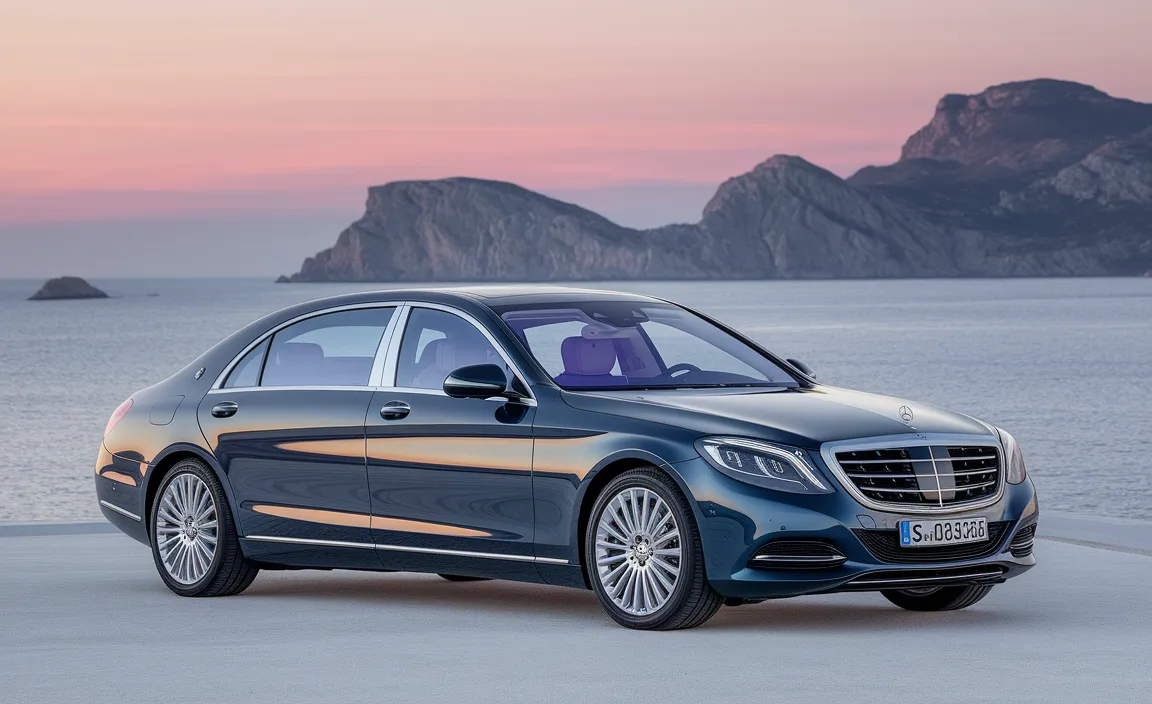
1. Define Your Needs and Budget
While all S 600 Pullmans are luxurious, their capabilities and features can vary significantly by generation and specific options. Consider:
- Purpose: Is this for personal use, business, or as an investment?
- Chauffeur vs. Self-Drive: Are you primarily planning to be driven, or will you be behind the wheel most of the time?
- New vs. Pre-Owned: New models offer the latest technology and warranty, while pre-owned can offer significant value, but require more scrutiny.
- Maintenance Budget: Own this car for its purpose, not to use it as a daily driver. These cars are not cheap to maintain.
2. Evaluate the Vehicle’s History
For pre-owned S 600 Pullmans, the history is paramount. Look for:
- Full Service Records: A complete history from authorized Mercedes-Benz service centers is ideal. This indicates diligent maintenance. For example, checking the Mercedes-Benz Service History portal can sometimes provide insights if registered.
- Accident History: Thoroughly investigate any past accidents. Even minor incidents can have long-term implications for a vehicle of this complexity. A reputable pre-purchase inspection is key here.
- Ownership History: Fewer owners are generally preferred.
3. Inspect Key Components (Physical and Mechanical)
When viewing a car, pay close attention to:
- Exterior: Check for paint condition, panel gaps, tire wear, and any signs of corrosion. Ensure all lights and sensors are working correctly.
- Interior: Examine the leather for wear, especially on bolster points and steering wheel. Test all electronic functions – seats, climate control, infotainment, windows, sunroof (if applicable), and any privacy screens.
- Engine Bay: Look for leaks, corrosion on hoses and electrical connectors, and the general cleanliness of the engine bay. Listen for any unusual noises when the engine is running.
- Undercarriage: Inspect for rust, damage to suspension components, and exhaust system integrity.
4. Understand the Engine and Transmission
The V12 bi-turbo engine is a marvel, but it demands knowledgeable care. Ensure:
- Smooth Operation: The engine should start easily and idle smoothly. Acceleration should be powerful and linear without hesitation or strange noises.
- Transmission Shifts: Gear changes, both up and down, should be imperceptible in comfort mode and crisp when needed.
- Cooling System: Check for any signs of leaks from radiators or hoses. Overheating can be a serious issue for these engines.
5. Test Drive Thoroughly
A short test drive isn’t enough. Drive the car in various conditions:
- Low Speed Maneuvering: Check steering feel, brake responsiveness, and how easily the car handles tight corners.
- Highway Speed: Evaluate stability, acceleration, and noise levels. The ride should remain exceptionally smooth.
- Braking: Ensure brakes are firm and pull evenly. Listen for any grinding or squealing.
- Suspension: Drive over different road surfaces to assess how the suspension handles bumps and unevenness.
6. Consider Professional Inspection
This is non-negotiable for a high-value, complex vehicle like the S 600 Pullman. Engage a specialist Mercedes-Benz mechanic or an independent inspection service experienced with these V12 models. They can identify issues that a standard pre-purchase inspection might miss. Resources like the SAE International provide standards that reputable mechanics often follow for vehicle diagnostics.
Maintenance Considerations for the S 600 Pullman
Owning a Mercedes-Benz S 600 Pullman means embracing a different level of maintenance. It’s not about basic oil changes; it’s about preserving a finely tuned machine. While many tasks can be handled by skilled DIYers (with the right tools and knowledge), some specialized work is best left to the experts.
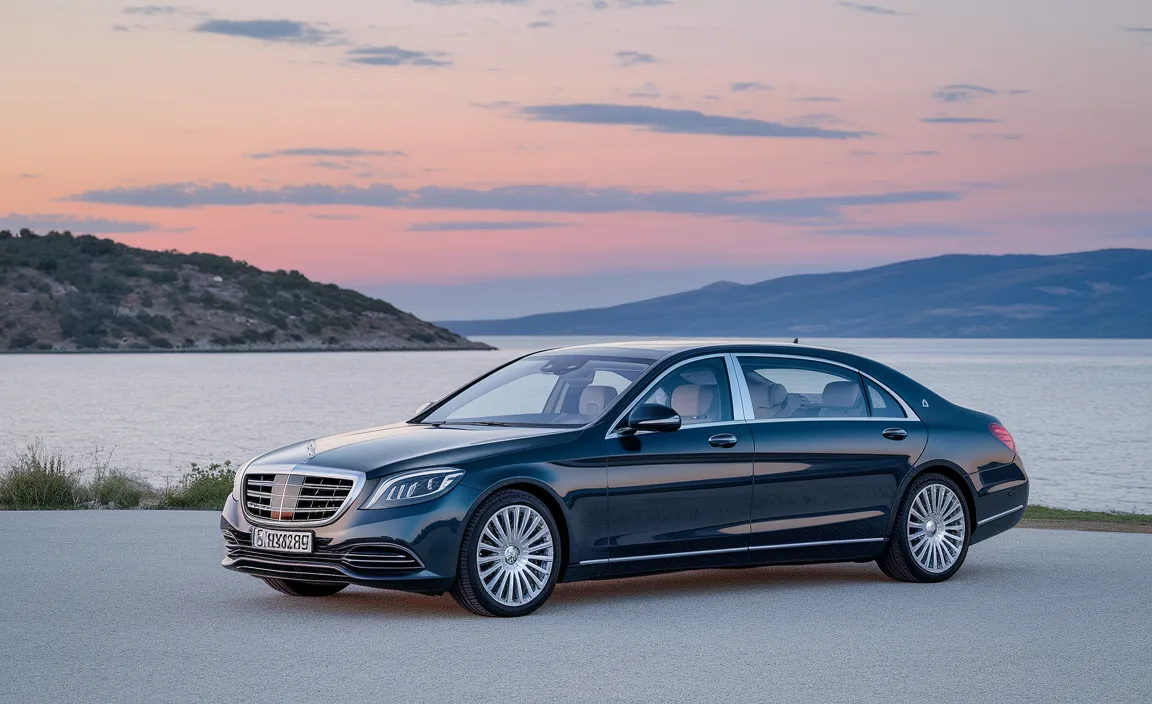
Regular Servicing Schedule
Follow Mercedes-Benz’s recommended service intervals religiously. For these V12 models, this often means:
- Oil Changes: Use only high-quality synthetic oil that meets Mercedes-Benz specifications. Frequent changes are key to engine longevity.
- Filter Replacements: Air filters, cabin filters, and fuel filters should be replaced according to schedule to ensure optimal performance and air quality.
- Fluid Checks: Regularly check and top up all essential fluids – coolant, brake fluid, power steering fluid, and transmission fluid (if applicable, some are sealed).
Key Component Maintenance
Certain systems require special attention:
- Suspension: The advanced air suspension system needs regular checks for leaks and proper operation. Ensure it maintains correct ride height.
- Brakes: Given the car’s weight and performance, brake system maintenance is critical. Inspect pads, rotors, and fluid regularly.
- Ignition System: V12 engines have a complex ignition system. Spark plugs and ignition coils are wear items and need periodic replacement by experienced technicians.
- Exhaust System: Inspect for leaks or damage, especially on models with advanced catalytic converters or particulate filters.
DIY vs. Professional Service
Here’s a general guideline:
DIY Tasks (with proper tools and knowledge):
- Basic fluid checks and top-ups (coolant, washer fluid).
- Cabin air filter replacement.
- Wiper blade replacement.
- Reading diagnostic codes with a compatible scan tool (like those from Autel, which offers professional-grade diagnostic equipment).
Professional Service Recommended:
- Engine oil and filter changes (due to access and specific oil requirements).
- Transmission service.
- Brake system overhauls.
- Suspension component replacement or repair.
- Ignition system servicing (spark plugs on V12s can be very labor-intensive).
- Any complex electronic diagnostics or repairs.
- Repairs to the rear compartment and privacy systems.
Cost of Ownership
It’s important to be realistic about the cost of ownership. Parts and labor for a V12 S 600 Pullman are significantly higher than for a standard C-Class or E-Class. Many owners opt for extended warranties or service contracts to mitigate potential repair expenses.
Common Issues and Troubleshooting (Beginner-Friendly)
Even the most well-built vehicles can encounter issues. Here are a few common concerns and how a beginner might approach them:
1. Warning Lights on the Dashboard
Issue: Various warning lights, especially ‘Check Engine’ or specific system warnings (e.g., ABS, ESP).
Beginner Approach:
Don’t Panic: Many lights are advisory. Consult your owner’s manual to understand the symbol’s meaning.
Check Basic Levels: Ensure oil and coolant levels are correct, as low levels can trigger warnings.
Scan for Codes: If you have a OBD-II scanner (like a simple Bluetooth one that connects to your phone), you can retrieve the diagnostic trouble codes (DTCs). This is often the first step technicians take. You can find basic OBD-II scanner guides from resources like OBD-Codes.com.
Professional Diagnosis: If the light persists or indicates a critical issue, it’s time for a specialist. These cars use complex systems that require expert knowledge.
2. Air Suspension System (ADS) Faults
Issue: The car may sit unevenly, or you might hear hissing sounds from the suspension.
Beginner Approach:
Listen Carefully: Can you pinpoint the source of any hissing? It could be a leaking air strut or hose.
Check Ride Height: Does the car settle significantly after being parked?
Scan for Codes: The ADS has its own set of codes that a good scanner can read. Common faults relate to compressor, valve body, or sensor issues.
Professional Repair is Usually Necessary: Replacing air struts or valve blocks are typically complex jobs requiring specialized tools and knowledge of the system’s calibration.
3. Electronic Glitches
Issue: Infotainment system freezes, windows get stuck, or control units behave erratically.
Beginner Approach:
System Reset: Sometimes, a simple power cycle can resolve minor glitches. This might involve turning the ignition off and on, or in some cases, disconnecting the battery (ensure you know the radio code if applicable before doing this).
Check Fuses: A blown fuse can cause a single component to malfunction. Consult your owner’s manual for the fuse box locations and diagrams.
Software Updates: Like any complex computer, these cars benefit from software updates. Your dealer or a specialist can perform these.
Advanced Diagnostics: Persistent electronic gremlins often point to module failures or complex wiring issues requiring professional diagnosis.
4. Leaks (Oil or Coolant)
Issue: Puddles or stains under the car.
Beginner Approach:
Identify the Source: Try to determine if the leak is oil (usually darker, sometimes with a distinct smell) or coolant (often brightly colored – green, pink, or orange – and sweet-smelling).
Check Fluid Levels: Low fluid levels will confirm the presence and severity of a leak.
Visual Inspection: Look for wet spots or drips on the engine, transmission, radiator, or hoses.
Act Quickly: Oil or coolant leaks can lead to major engine damage if not addressed promptly. Depending on the location and size, this often requires professional attention.
Frequently Asked Questions (FAQ)
Q1: Is the Mercedes-Benz S 600 Pullman suitable as a daily driver?
A1: While it possesses incredible comfort and power, the S 600 Pullman is primarily designed as an ultra-luxury, chauffeur-driven limousine. Its size, running costs, and specialized maintenance requirements make it more suited for special occasions or dedicated transportation needs rather than everyday commuting, especially in urban environments. It’s a vehicle for making an entrance and enjoying the journey in supreme comfort.
Q2: What is the main difference between an S-Class L and an S 600 Pullman?
A2: The S-Class L (Long) is an extended-wheelbase version of the standard S-Class, offering more rear legroom. The S 600 Pullman is a distinct model, significantly longer than even the S-Class L, specifically engineered as a true limousine. It typically features a more robust chassis, often includes a partition between the driver and passenger compartments, and is equipped with the most powerful engine (usually a V12) and highest level of luxury appointments.
Q3: How much maintenance can I expect for an S 600 Pullman?
A3: Maintenance for an S 600 Pullman is considerably more expensive than for a standard Mercedes-Benz model. This is due to the complexity of the V12